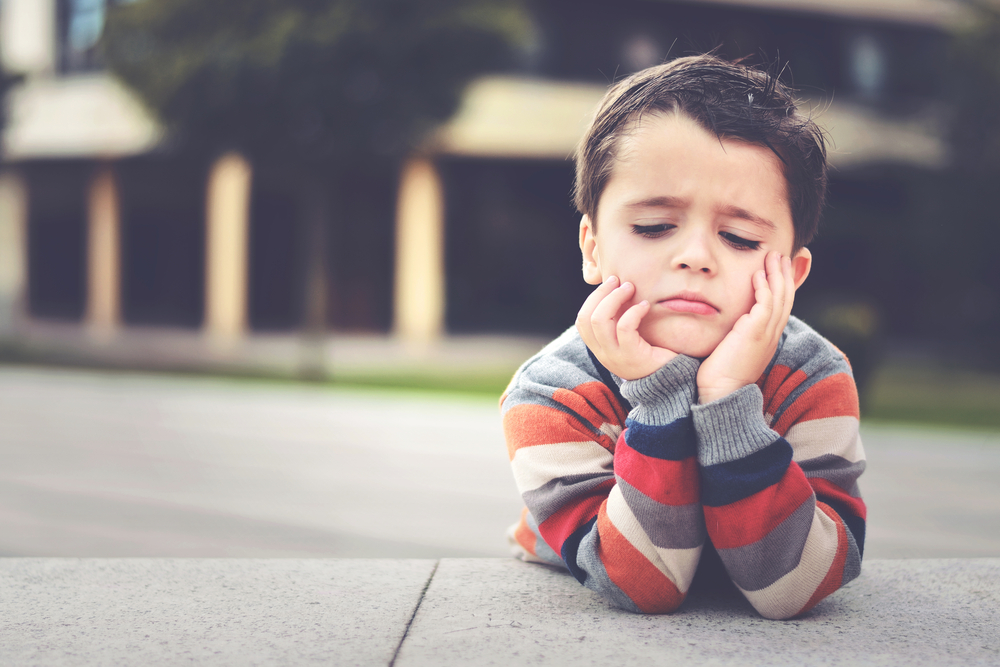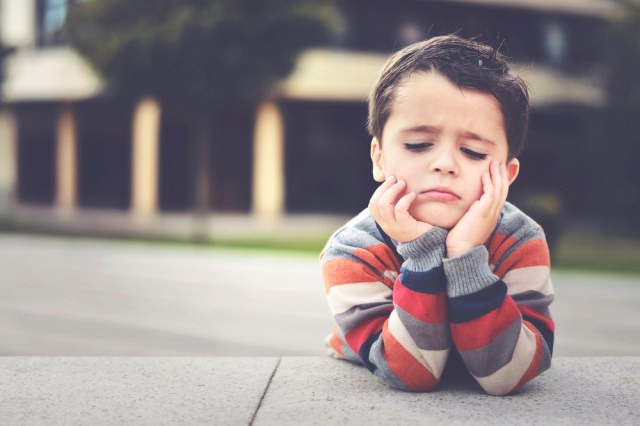
On a recent outing to the Carousel in the Dumbo neighborhood of Brooklyn, my granddaughter and I were both very disappointed that the Carousel was unexpectedly closed for repairs. There is a wonderful playground in the vicinity, so we were able to quickly regroup and have some fun nearby.
But before heading off to the park, I had a brief chat with a parent whose child was not taking the closed carousel news very well. Her son looked to be about 3 and a half years old and was very forlorn. Like most people headed to a carousel, he was super excited and looking forward to a ride or two. The mom seemed just as disappointed and stuck with this feeling of disappointment as her son.
We have all been there with children, and it’s a good idea to have some tools in your toolbox for when these inevitable moments happen.
First and foremost it is important to name and acknowledge the feeling. Being sad and disappointed is okay. Sometimes we try to talk children out of their feelings, which almost never works. It’s better to model the appropriate ways to express emotions. It is okay to be upset, but a child can’t disturb other people, take their frustration out on the grown-up by yelling at or hitting them, or by running away.
Offer ideas about what the child can do, such as take a deep breath, get an extra hug, and or help think about other activities to do instead. If a child is really upset it might be helpful to allow them some time to recover and then offer a choice, ” you can do this… or this instead”. Make suggestions that help to discharge the high emotions, like play “Follow the Leader” or other physical games. Use your imagination and together make up a story about how the carousel broke down – like maybe the horses rode off in the middle of the night to dance under the moon and now have to rest up before reopening.
For some children, distractions such as this can be just as much fun as a ride on the merry-go-round. If the child is old enough, he or she can draw a picture or make a book about the carousel horses and their adventures. Be creative, have a pretend adventure yourselves or a scavenger hunt looking for “things that are red, or that go round (like the horses) or that you can ride”.
Tell your child a story about a similar experience you have had that had a positive resolution. Discuss how to avoid the problem the next time, like remembering to call or check the website. Let them in on your thinking, that’s how they learn to problem solve. If you are calm and relaxed, your child will most likely mirror those emotions.
In our case, after leaving the carousel, we actually headed next to a nearby branch of the Brooklyn Children’s Museum, but it wasn’t going to be open for two more hours. So that started a game called “Silly Nonna” about a grandmother who keeps taking her granddaughter to things that are closed! As we continued on, we thought of places that the silly grandmother could go to that would be closed, such as the ice cream store, the toy store and the swimming pool, each time repeating the refrain, “Oh, no, that’s closed too…silly Nonna!” Finally, we happily arrived at the playground, and fortunately, it was open and lots of fun!











